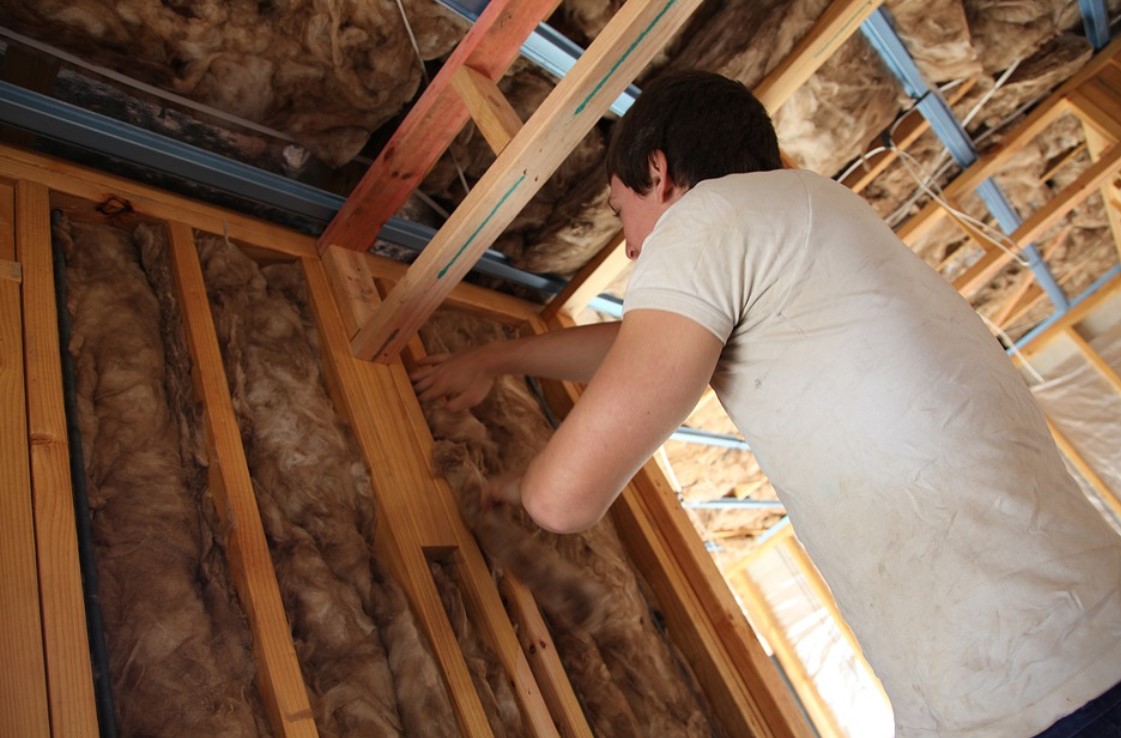
Renovating your home can be a big undertaking, but it’s also an opportunity to improve your home’s energy efficiency. One way to do this is by replacing old insulation. If your insulation is more than 50 years old, it might be time for an upgrade. Here’s what you need to know about replacing old insulation in your home.
What Is Insulation?
Insulation is a material that helps keep your home warm in the winter and cool in the summer. It works by trapping air and preventing heat from escaping or entering your home. There are many different types of insulation, but they all serve the same basic purpose.
There are many different types of insulation, but they all serve the same basic purpose. Some common types of insulation include fiberglass, cellulose, and foam. Each type of insulation has its own benefits and drawbacks. Fiberglass is a popular choice because it’s inexpensive and easy to install. However, it can be irritable to the skin on contact so gloves, glasses, and a face mask should be worn while working with it.
Why Should I Replace My Old Insulation?
Over time, insulation can settle and compress, losing some of its ability to trap air. In addition, older types of insulation may not be as effective as newer types. Replacing old and new insulation can help improve your home’s energy efficiency, saving you money on your energy bills.
How Do I Replace My Old Insulation?
The best way to replace old insulation is to hire a professional. They will have the experience and knowledge necessary to do the job properly. However, if you’re feeling handy, you can replace your own insulation. Just be sure to follow all safety precautions and manufacturer instructions carefully.
To start, you’ll need to expose the area of insulation that you want to remove. In most cases, you’ll need to remove the sheetrock. However, roof insulation is always exposed and should be easier to access once inside the roof. Once the area of insulation is accessible, you’ll remove the old insulation and then simply place the new insulation in place.
Unless you’re installing blow-in insulation, the process of adding insulation is cutting or tearing the insulation to fit the size of the space and padding it into place. Once the insulation is in place, you can cover it with new sheetrock and complete the process.
Replacing old insulation is a great way to improve your home’s energy efficiency and save money on energy bills. While you can replace your own insulation, hiring a professional is best. They will have the experience and knowledge necessary to do the job properly.


